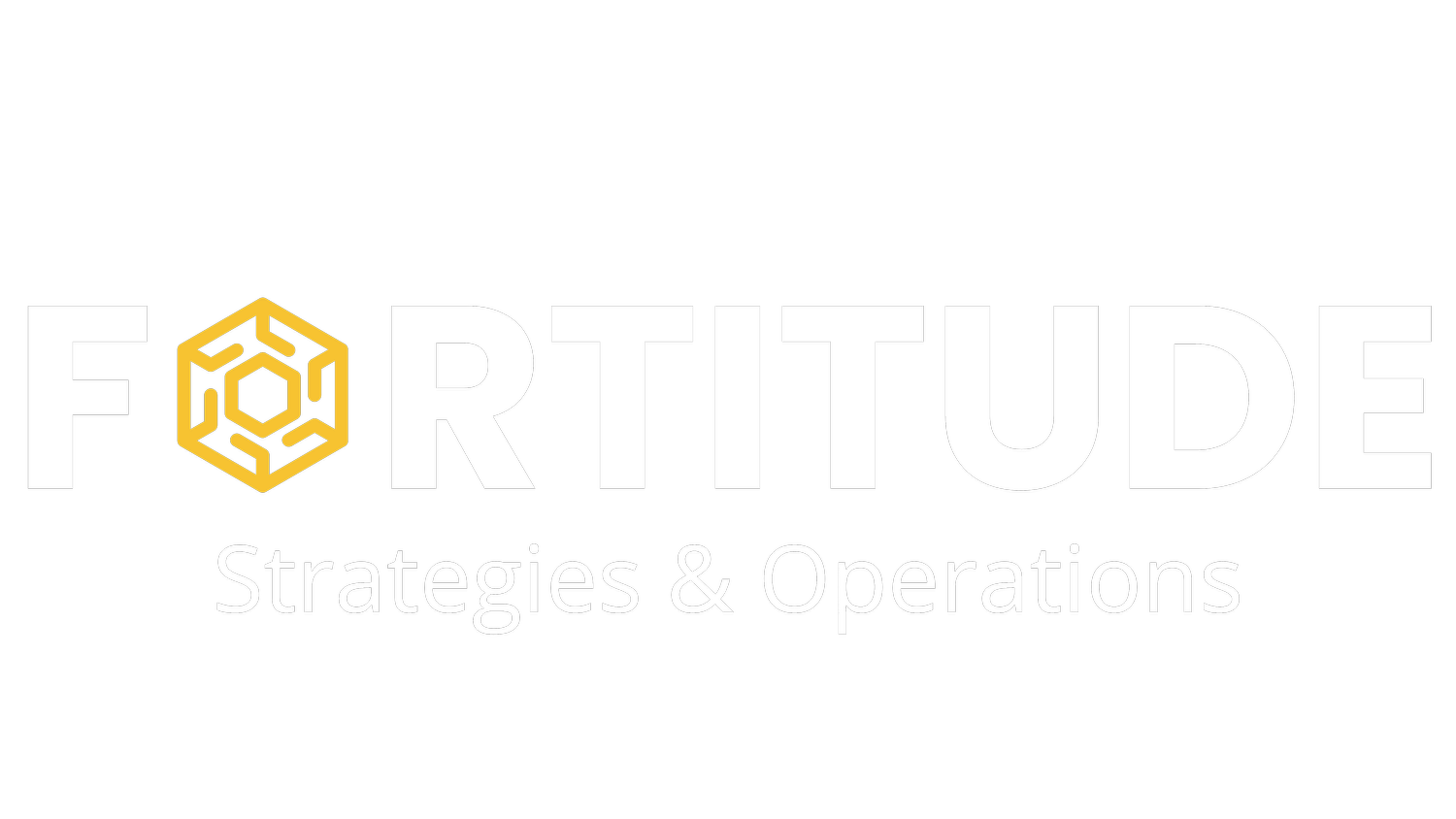The Financial and Operational Impact of Poor Business Operations in Retail and Manufacturing
Inefficiencies in retail and manufacturing operations have far-reaching financial and operational consequences. From poor inventory management to supply chain disruptions and wasted labor hours, these inefficiencies can lead to substantial revenue loss. However, businesses that implement Lean and Agile methodologies can significantly reduce waste, improve productivity, and boost customer satisfaction.
This article explores the hidden costs of inefficiencies and how Lean and Agile strategies drive profitability.
The Financial Toll of Inefficiencies
1. Inventory Management: A Costly Oversight
Retailers and manufacturers who fail to optimize their inventory management systems face major financial risks:
Businesses without efficient inventory tracking lose up to 28% of potential revenue annually.
Daily inventory mismanagement can cost companies $300 to $2,000+, adding up to $109,500 to $730,000+ per year.
More than 70% of retailers lose at least 5% of their operating margin due to out-of-stocks, pricing errors, and poor planogram execution.
2. Supply Chain Disruptions: Delays & Rising Costs
Inefficiencies in supply chains often result in:
Higher carrying costs due to excess inventory and extended lead times.
Lost sales opportunities from frequent stockouts and dissatisfied customers.
Increased transportation and storage expenses to compensate for supply chain disruptions.
3. Labor Utilization: Wasting Time & Money
Poor labor management leads to skyrocketing costs and inefficiencies:
Unnecessary overtime expenses drive higher labor costs in fulfillment operations.
Medium-sized manufacturers spend up to two days creating a feasible production plan due to manual processes.
4. Customer Experience: The Hidden Cost of Poor Operations
Operational inefficiencies directly impact customer satisfaction:
98% of customers check a company's website before making a purchase—if inventory is inaccurate or unavailable, sales are lost.
Poor inventory planning results in frustrated customers and increased churn rates.
The Solution: Lean and Agile Strategies
Companies that embrace Lean and Agile methodologies can transform inefficiencies into competitive advantages. These approaches focus on waste reduction, flexibility, and continuous improvement.
1. Waste Reduction & Cost Savings
Lean practices eliminate non-value-adding activities, which can save businesses millions in operational costs.
Toyota's Lean strategy reduced inventory levels by 50% and increased productivity by 25%.
2. Enhanced Productivity Through Agile
Agile methodologies focus on adaptability and speed.
Spotify’s Agile transformation led to a 10% boost in productivity and a 25% reduction in time-to-market for new features.
3. Market Responsiveness & Competitive Advantage
Lean and Agile make businesses more responsive to demand fluctuations.
Zara’s Agile supply chain allows it to design and ship new clothing to stores in just 15 days, compared to the industry average of 6 months.
Proven ROI: Lean & Agile Success Stories
Case Study: Manufacturing
A medium-sized manufacturing company implemented Lean strategies and achieved:
✔ 30% reduction in inventory levels
✔ 98% on-time delivery (up from 85%)
✔ 20% increase in productivity
✔ 3:1 ROI within the first year
Case Study: Retail
A major retail chain adopted Agile inventory management and saw:
✔ 21% fewer stockouts
✔ 35% improvement in inventory turnover
✔ 15% increase in sales
✔ 5:1 ROI in 18 months
Real-World Example: Amazon
Amazon’s commitment to Lean and Agile methodologies in its fulfillment centers led to:
✔ 50% reduction in order processing time
✔ 20% increase in inventory accuracy
✔ 30% improvement in labor productivity
Conclusion: The Path to Higher Profitability
The financial and operational costs of inefficiencies in retail and manufacturing are staggering. However, companies that adopt Lean and Agile methodologies can achieve higher productivity, improved supply chain management, and stronger customer satisfaction. Case studies prove that businesses can expect measurable ROI within 12-18 months of implementation.
